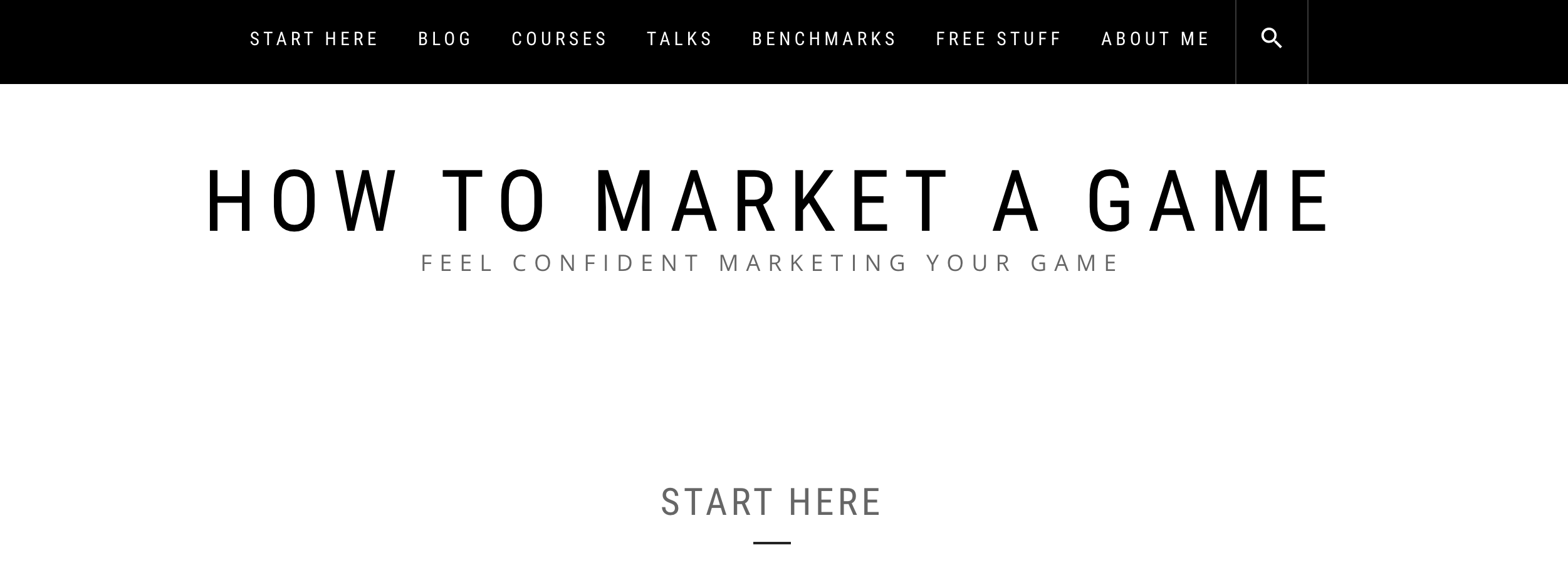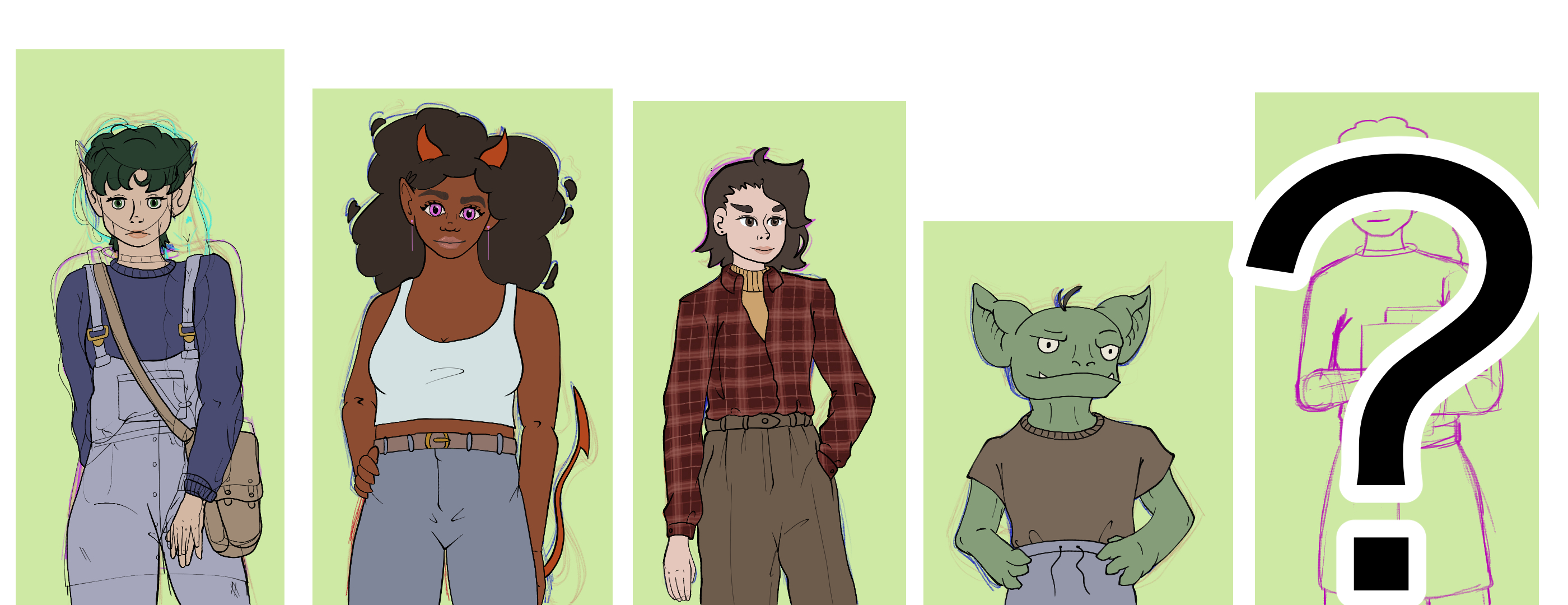From game design to game marketing. A near fully entwined pair. With the amount of games published year over year, marketing has become less optional than ever.
So I’ve been learning how to market.
I can’t say I love it, nor can I say it feels like a science. Modern marketing feels like Tweeting to zero followers and hoping someone stumbles by.
But I’ve been spending time in marketing places and trying to learn from those who don’t see it as a nebulous black box.
How to Market a Game
If you search for anything concerning marketing a video game you’re going to quickly come across Chris Zukowski. Over the last few years he’s become the expert on marketing video games and Steam trends. If you see people doing videos on YouTube about what genres of games to make and which ones to avoid, they are likely pulling from the work that Chris has done.
He has a website where he blogs regularly, he runs a Masterclass to get you marketing faster, he runs an active Discord, and he really seems to constantly be doing talks all over the place.

The thing I really like about Chris’s content is that he gives the vibe that he really wants people to succeed with their game. He shares so much data, making it publicly available, saving individual marketers and researchers so much time.


